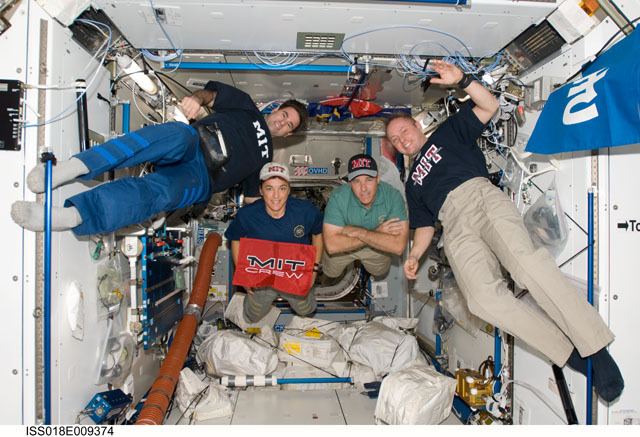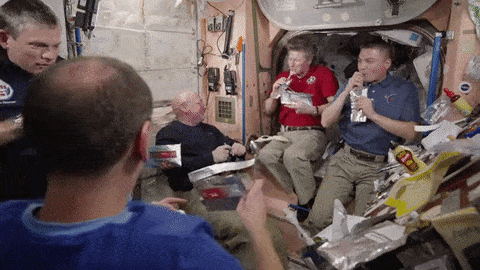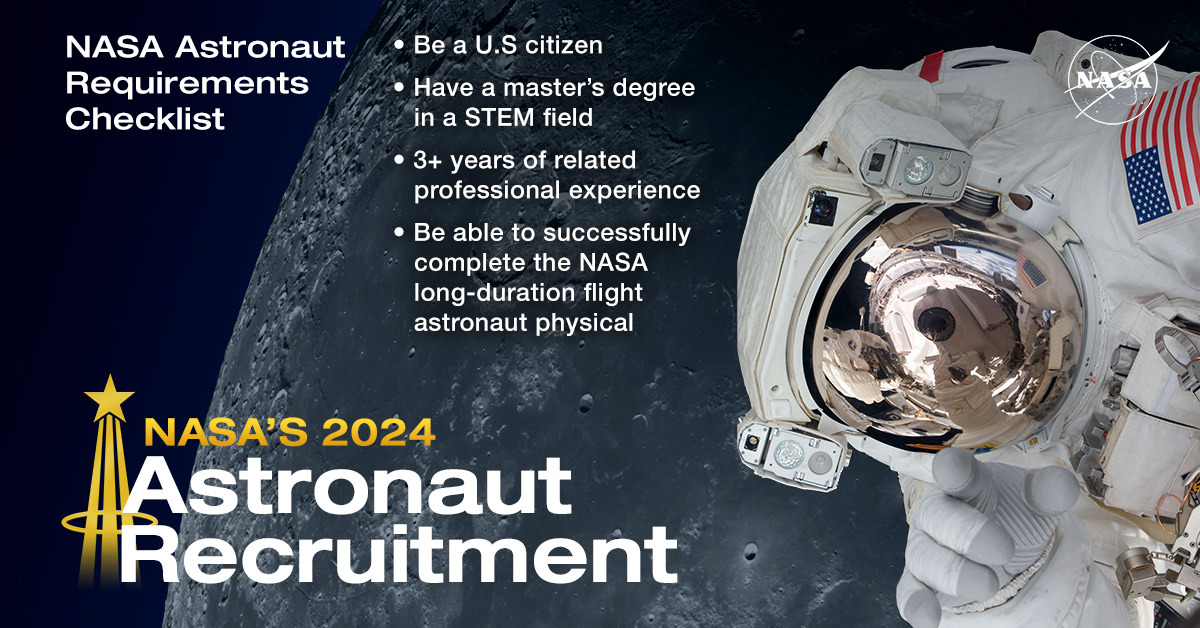Editor’s Note: This post was updated on March 15, 2024, to reflect new URLs and updated qualifications for applicants.
Have you ever wondered if you have what it takes to become a NASA astronaut? The term “astronaut” derives from the Greek word meaning “star sailor.”
We’re looking for a new class of astronauts to join the NASA team, and if you’re thinking about applying, there are a few things you should know.
MYTH: All astronauts have piloting experience.
FACT: You don’t need to be a pilot to be an astronaut. Flying experience is not a requirement, but it could be beneficial to have.
MYTH: All astronauts have perfect vision.
FACT: It’s OK if you don’t have 20/20 vision. As of September 2007, corrective surgical procedures of the eye (PRK and LASIK), are now allowed, providing at least one year has passed since the date of the procedure with no permanent adverse aftereffects.

MYTH: All astronauts have advanced degrees, like a PhD.
FACT: While a master’s degree from an accredited university is typically necessary to become an astronaut, an exception exists if you have completed a medical degree or test pilot school.

MYTH: Astronauts are required to have military experience to be selected.
FACT: Military experience is not required to become an astronaut.

MYTH: You must be a certain age to be an astronaut.
FACT: There are no age restrictions. Astronaut candidates selected in the past have ranged between the ages of 26 and 46, with the average age being 34.

OK, but what are the requirements?

Basic Qualification Requirements
Applicants must meet the following minimum requirements before submitting an application:
- Be a U.S. citizen.
- Have completed a master’s degree (or foreign equivalent) in an accredited college or university with major study in an appropriate technical field of engineering, biological science, physical science, computer science, or mathematics.
- The master’s degree requirement can also be met by having:
- Completed at least two years (36 semester hours or 54 quarter hours) in an accredited PhD or related doctoral degree program (or foreign equivalent) with major study in an appropriate technical field of engineering, biological science, physical science, computer science, or mathematics.
- Completed a Doctor of Medicine, Doctor of Osteopathic Medicine, or related medical degree (or foreign equivalent) in an accredited college or university.
- Completed or be currently enrolled in a Test Pilot School (TPS) program (nationally or internationally recognized) and will have completed this program by June 2025. (Must submit proof of completion or enrollment.)
- If TPS is your only advanced technical degree, you must have also completed a bachelor’s degree or higher (or foreign equivalent) at an accredited college or university with major study in an appropriate technical field of engineering, biological science, physical science, computer science, or mathematics.
- Have at least three years of related professional experience obtained after degree completion (or 1,000 Pilot-in-Command hours with at least 850 of those hours in high-performance jet aircraft for pilots). For medical doctors, time in residency can count toward experience and must be completed by June 2025.
- Be able to pass the NASA long-duration flight astronaut physical.
Applications for our next astronaut class are open through April 16! Learn more about our Astronaut Selection Program and check out current NASA astronaut Anne McClain’s advice in “An Astronaut’s Guide to Applying to Be an Astronaut.”
Make sure to follow us on Tumblr for your regular dose of space!
Keep reading


